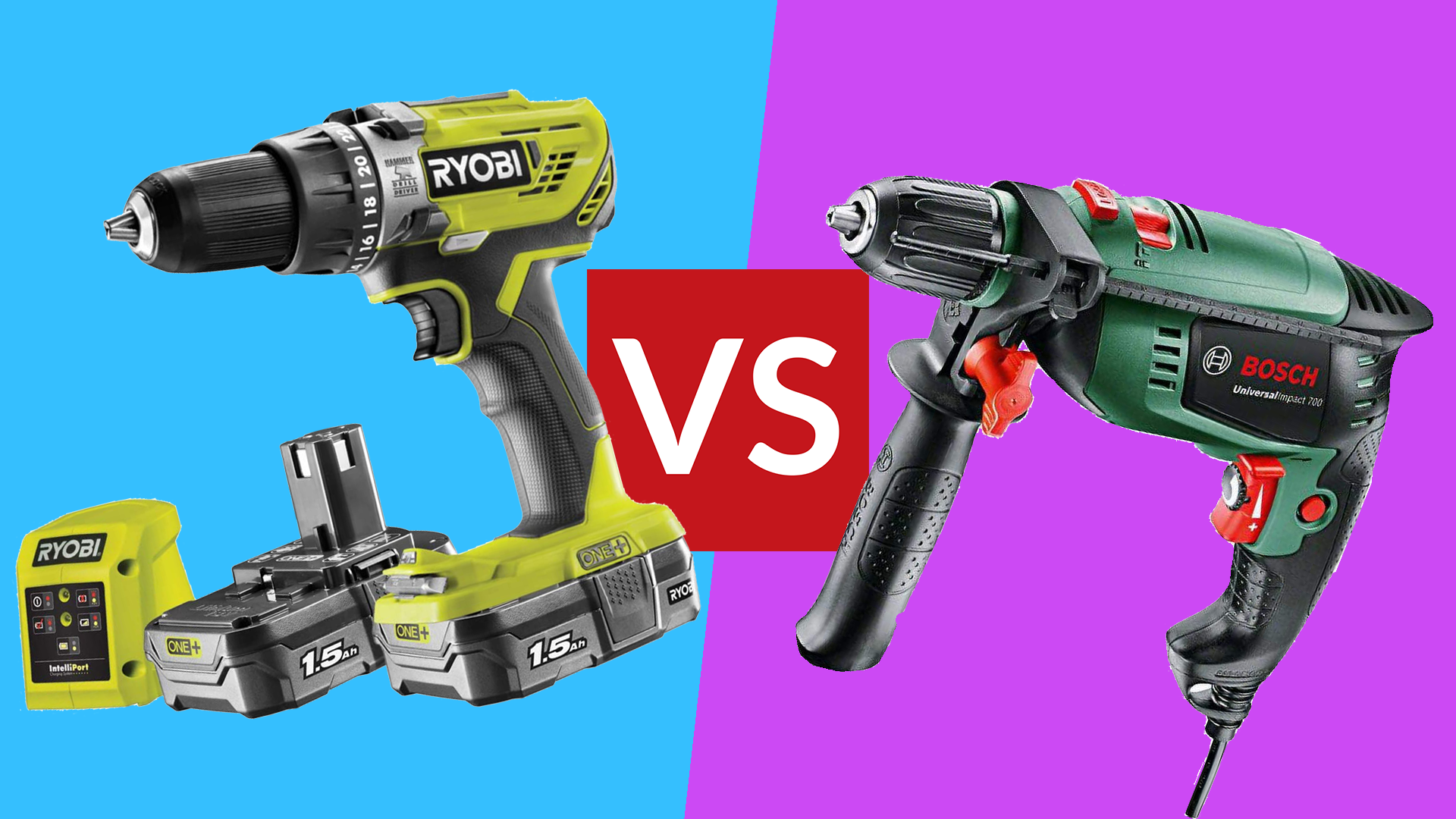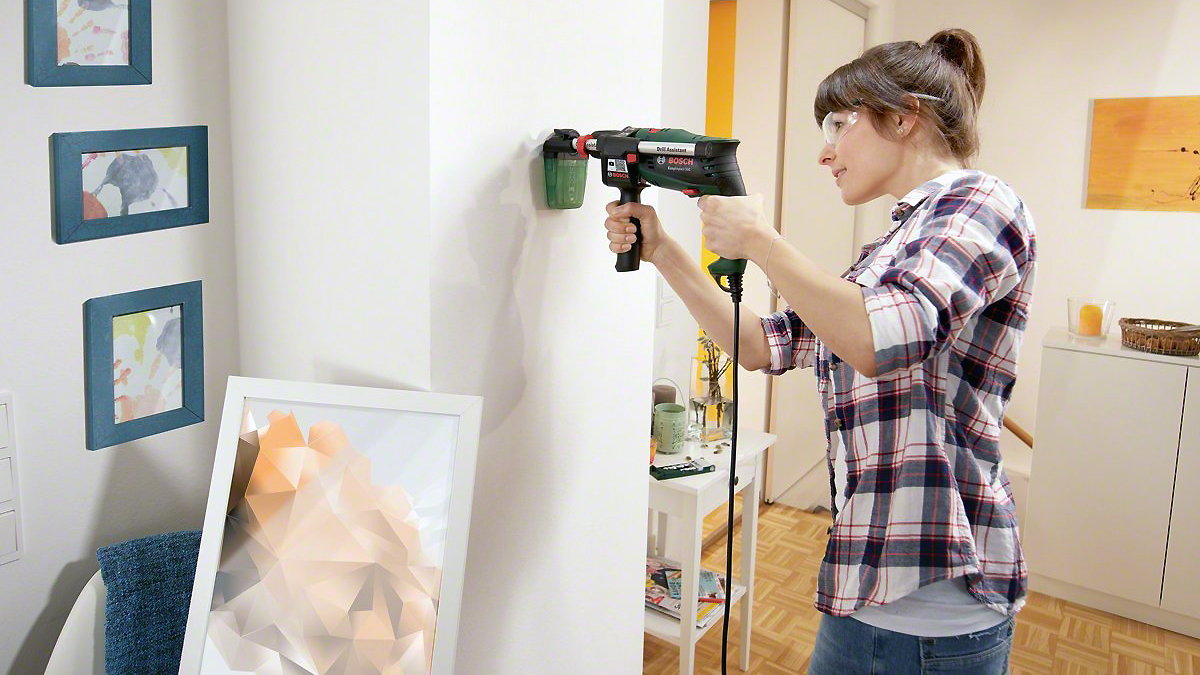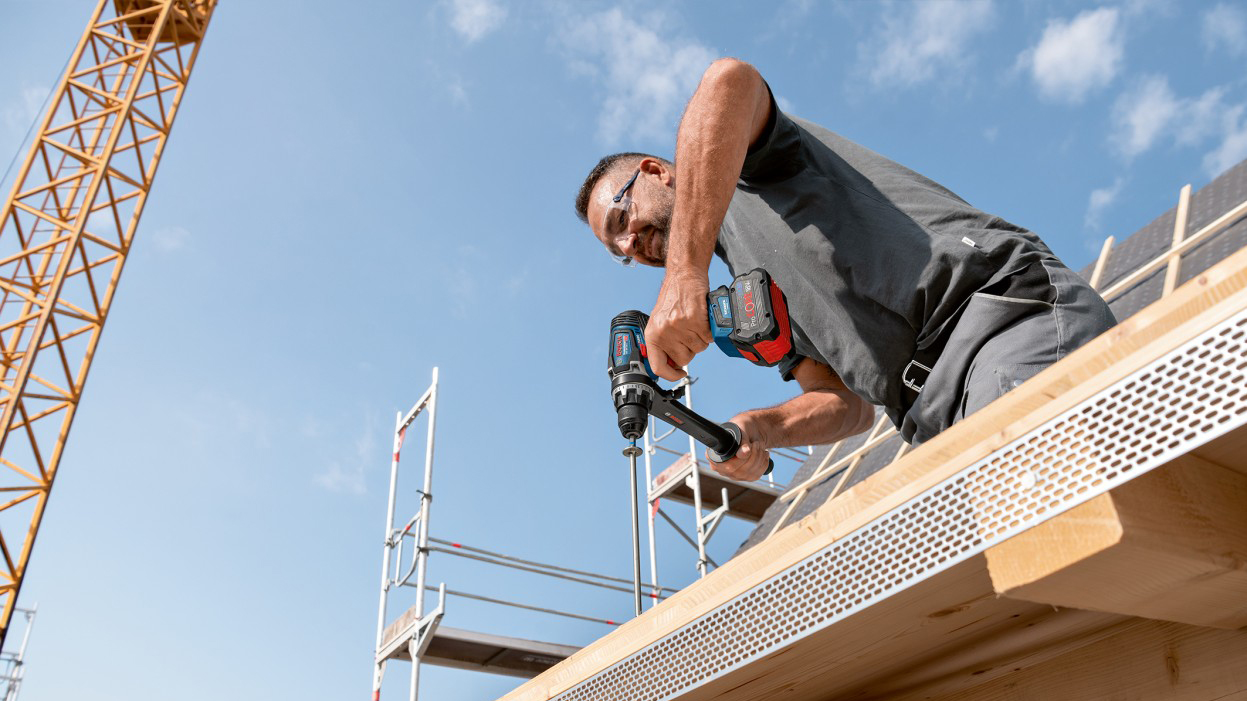

A power drill is one of those tools that ends up becoming a beloved item. Like a favourite pair of pants, it feels comfortable to use and gets on with the task in hand with minimal fuss. As a result, you end up reaching for it (or them, if we’re talking about pants) at every opportunity.
Weird underwear analogy aside, if you’re blasting big holes in a wall to route cabling, hanging cupboards, building flat-pack furniture or attaching an expensive metal sculpture to a concrete wall (niche but valid), you’ll need a power drill that’s, well, powerful enough to handle the task.
Rewind a few years and only corded drills really packed the power to offer this level of versatility, leaving the burgeoning battery-powered market to deal with the flimsy stuff, like drilling screws into wood or speeding up an Ikea build.
It’s not the case now and the best cordless drills from brands such as DeWalt, Milwaukee, Bosch and Ryobi all offer properly powerful and super capable 18V cordless numbers that pack some serious punch into relatively minuscule motors. The lithium ion battery game has also come on leaps and bounds over the years, meaning it’s now possible to tackle monster tasks without the worry of running out of juice in a matter of minutes.
So it's now the cordless drill that deserves a spot in your tool boxes then (alongside an electric screwdriver for assembling flatpack furniture)? Well, yes and no.
Because although cutting the cord means much more freedom to drill in harder-to-reach spaces, there are still plenty of downsides. Some of those we will come on to shortly…

Corded vs Cordless Drills: Budget
This is a big deal, because a decent cordless drill is always going to be more expensive than its plain old corded cousin. This is because cordless drills feature things like smart lithium ion battery packs, intelligent motors and all manner of expensive sounding things that massively bump the price up.
Sign up to the T3 newsletter for smarter living straight to your inbox
Get all the latest news, reviews, deals and buying guides on gorgeous tech, home and active products from the T3 experts
In short, you can pick up a basic corded hammer drill for around £40 and it will happily tear chance out of heavy duty masonry with the correct drill bit installed. Achieving those kind of power levels in a cordless model can cost eight times as much as that.
However, these cheap-ass plaster blasters aren’t exactly the most versatile things on sale and tend to do one job and do it well. Back in the day, builders and keen DIYers would have owned several drills to cover a wide gamut of tasks, but if you’re happy to part with a bit of money, you can easily get a cordless drill and a cordless impact driver to cover the majority of tasks.

Corded vs Cordless Drills: Ease of use
You don’t have to be a brain surgeon to realise that life without a cord is fantastically freeing, allowing the user to pick up a tool and drill wherever and whenever they want to. There’s no hunting for a power socket, locating an extension lead and then tripping over said lead when it comes time to make some holes.
That said, you will need to make sure your cordless variant has plenty of battery charge remaining to tackle a job. Competent DIYers and professional builders tend to invest in several battery packs, so it’s merely a case of swapping out packs and charging on the go to ensure work flow isn’t interrupted.
In general, cordless power drills are also smaller, more compact and therefore easier to use over longer periods of time. Corded tools, on the whole, tend to use bulkier motors that are able to drawer more power, so can be heavy and a little cumbersome to use - especially true when talking about the more potent hammer drills.

Corded vs Cordless Drills: Durability
This is largely down to the amount of money you’re willing to part with, but in general, even the cheaper corded drills are built like tanks. We’ve tested some of the cheaper battery-powered drills and can’t say the same - there’s just more that can go wrong with them.
In general, it’s possible to part with a bit less and enjoy the use of a corded drill for a bit longer, even if it has to undergo a life of dust and abuse. If you’re thinking of going cordless, then it pays to, well, pay a little more to ensure you receive the proper build quality that can withstand heavier tasks.
Look for durable drill chucks that are made from steel, aluminium or other tough metals, rather than plastic variants, as these have a tendency to break under the torque produced by the electric motor. A rubberised casing isn’t just for removing vibrations either, as it can also protect against any accidental drops or knocks.
Leon has been writing about automotive and consumer tech for longer than he cares to divulge. When he’s not testing the latest fitness wearable and action camera, he’s out in a shed fawning over his motorcycles or trying not to kill himself on a mountain bike/surfboard/other extreme thing. He's also a man who knows his tools, and he's provided much of T3's drills coverage over the years, all without injuring himself.
-
 3 overrated shoulder exercises, according to a fitness expert (and what to do instead)
3 overrated shoulder exercises, according to a fitness expert (and what to do instead)Sculpt 3D shoulders whilst minimising injury with these three alternative exercises
By Bryony Firth-Bernard Published
-
 Polar’s new subscription feature lands in the shadow of Garmin’s Connect+ rollout
Polar’s new subscription feature lands in the shadow of Garmin’s Connect+ rolloutPR genius or timing disaster? Polar’s new Fitness Programme adds adaptive training to its ecosystem
By Matt Kollat Published